As organizations grapple to find solutions to the twin problem of resource shortages and food waste, technology used by NASA could provide a timely solution.
Hyperspectral imaging — a form of technology which uses images to measure chemical information — has been used by the U.S. space agency for decades. But now, thanks to cost reductions, its applications have become more widespread and are impacting a variety of industries including the food sector.

California-based ImpactVision uses that technology to help producers conduct tests more accurately and manage their supply chains without wasting food, the company's co-founder and CEO, Abi Ramanan, told CNBC.
Using photographs, its software is able to assess a range of information about a food item ranging from its ripeness to the presence of contamination. All that is done without taking any physical samples or probing them, as most traditional methods require.
"What this technology, and other technologies, allows you to do is be a lot more predictive: How should this product be sorted, ripened, distributed best in accordance with its chemical composition or its shelf life?" Ramanan told CNBC's Akiko Fujita and Martin Soong.
"It really infuses the supply chain with digital technology so you can make better decisions earlier on and reduce waste, but also reduce product recalls, prevent rejections, and deliver a better quality product to consumers," she continued.

Not only will that mean huge cost-savings for food producers and higher quality products, it is also a viable solution to the prospect of growing global food shortages, Ramanan said. It is estimated that as much as one third of all food is wasted, costing producers $1 trillion annually, according to ImpactVision. Meanwhile, millions of people go hungry every day — and that's set to continue as the global population balloons.
"We have to feed a population of 10 billion in the near future and we have to do that with less resources," Ramanan noted. "We need to decrease the amount of land, energy and water that is being put into the food system (and) really improve the way that food is distributed through the supply chain."
Source CNBC









.jpg)
.jpg)
